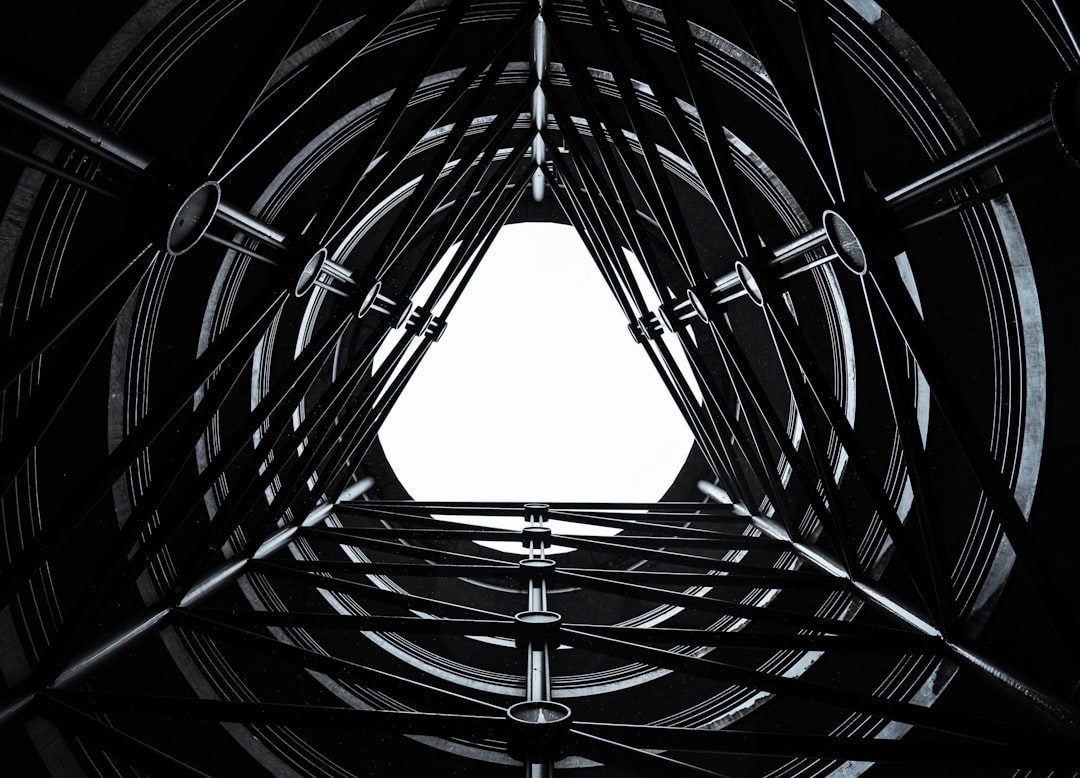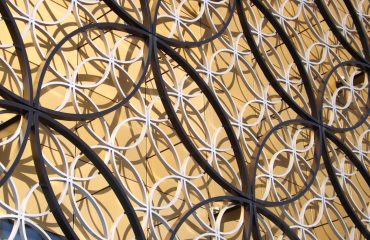Steel, a marvel of engineering, offers unparalleled strength and versatility for building construction. Designing steel frames, however, demands a meticulous approach, balancing structural integrity, cost-effectiveness, and aesthetic considerations. This comprehensive guide delves into the intricacies of steel frame design, equipping you with the knowledge to create robust and efficient structures.
1. Understanding Load and Stress Analysis in Steel Frame Design
Before even sketching the first beam, a thorough understanding of loads and stresses is paramount. This involves identifying all potential loads acting on the structure, including:
- Dead Loads: The weight of the structure itself (steel members, cladding, roofing).
- Live Loads: Occupancy loads (people, furniture), snow loads, wind loads.
- Environmental Loads: Seismic loads (earthquakes), thermal loads (temperature variations).
Once these loads are determined, sophisticated analysis methods, often employing Finite Element Analysis (FEA) software, are used to calculate the stresses and deflections within each member of the steel frame. This analysis ensures that all members are adequately sized to withstand the anticipated loads without exceeding allowable stress limits defined by relevant building codes (like AISC in the US or Eurocodes in Europe).
Understanding stress concentrations, particularly around connections and discontinuities, is crucial for preventing premature failure. The analysis should also consider the potential for buckling, a critical failure mode in slender steel members.
2. Selecting Appropriate Steel Sections and Grades
The choice of steel sections (e.g., I-beams, channels, angles) and grades directly impacts the structural performance and cost-effectiveness of the frame. Factors influencing section selection include:
- Load Capacity: The section must possess sufficient strength to resist the calculated stresses.
- Deflection Limits: The section’s stiffness must limit deflections to acceptable levels to ensure serviceability (prevent excessive sagging).
- Buckling Resistance: Slender sections are prone to buckling; appropriate checks are vital.
- Availability and Cost: The selected section should be readily available and economically viable.
- Fabrication Considerations: The ease of fabrication and connection should also be considered.
Steel grades (e.g., A36, A992) determine the material’s yield strength and ultimate tensile strength. Higher-strength steels allow for lighter sections, reducing material costs and improving structural efficiency. However, higher-strength steels can sometimes be more challenging to weld.
3. Designing Efficient Connections in Steel Frames
Connections are the critical points in a steel frame, transferring loads between members. Poorly designed connections can lead to structural failure. Common connection types include:
- Bolted Connections: Relatively simple and cost-effective, but require careful consideration of bolt size, spacing, and edge distances.
- Welded Connections: Offer high strength and stiffness but require skilled welders and adherence to strict welding codes.
- Moment Connections: Designed to transfer both shear and moment, ensuring rigid frame action.
- Pinned Connections: Transfer only shear, allowing for rotation between members.
The design of connections must ensure sufficient strength and stiffness to resist the anticipated loads, accounting for factors like bolt shear, bearing stress, weld strength, and connection flexibility. Detailed connection drawings are essential for accurate fabrication and erection.
4. Ensuring Code Compliance and Structural Integrity
Adherence to relevant building codes and standards is mandatory for ensuring the safety and stability of the steel frame. These codes specify design loads, allowable stresses, material properties, and connection details. Examples include the American Institute of Steel Construction (AISC) standards in the US, and Eurocodes in Europe. Understanding and applying these codes correctly is crucial for successful design.
Regular inspections during fabrication and erection are essential to ensure that the steel frame is constructed according to the design specifications. Any deviations from the design should be promptly addressed to prevent potential structural problems.
Furthermore, employing appropriate detailing practices, such as proper bracing and stability checks, is crucial for preventing lateral-torsional buckling and ensuring overall structural integrity.
5. Utilizing Software for Steel Frame Design and Analysis
Modern steel frame design relies heavily on sophisticated software for analysis and design. These programs automate many aspects of the design process, including load calculations, stress analysis, section selection, and connection design. Popular software packages include:
- RISA-3D:
- Autodesk Robot Structural Analysis Professional:
- STAAD Pro:
- ETABS:
These programs facilitate efficient and accurate analysis, allowing engineers to explore different design options and optimize the structural performance while minimizing material costs. However, it is crucial to remember that software is a tool; a sound understanding of structural engineering principles remains essential for proper interpretation and verification of the results.
Designing steel frames is a complex yet rewarding endeavor. By combining a thorough understanding of structural mechanics, material properties, and relevant codes with the aid of modern software, engineers can create robust, efficient, and aesthetically pleasing steel structures that meet the demands of modern construction.




